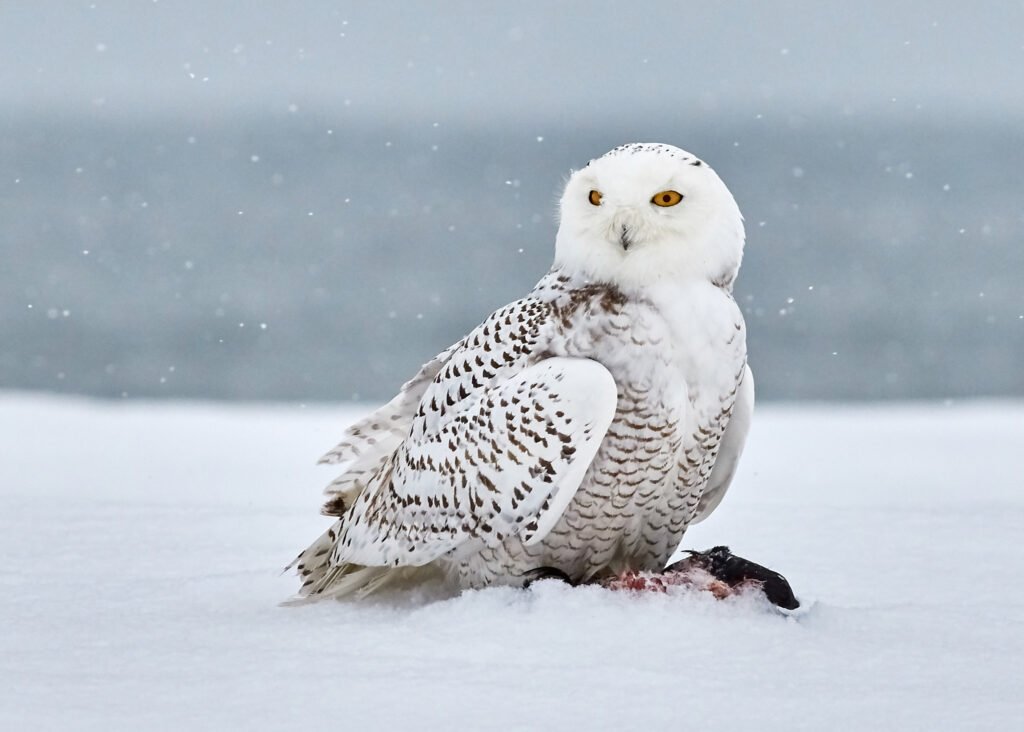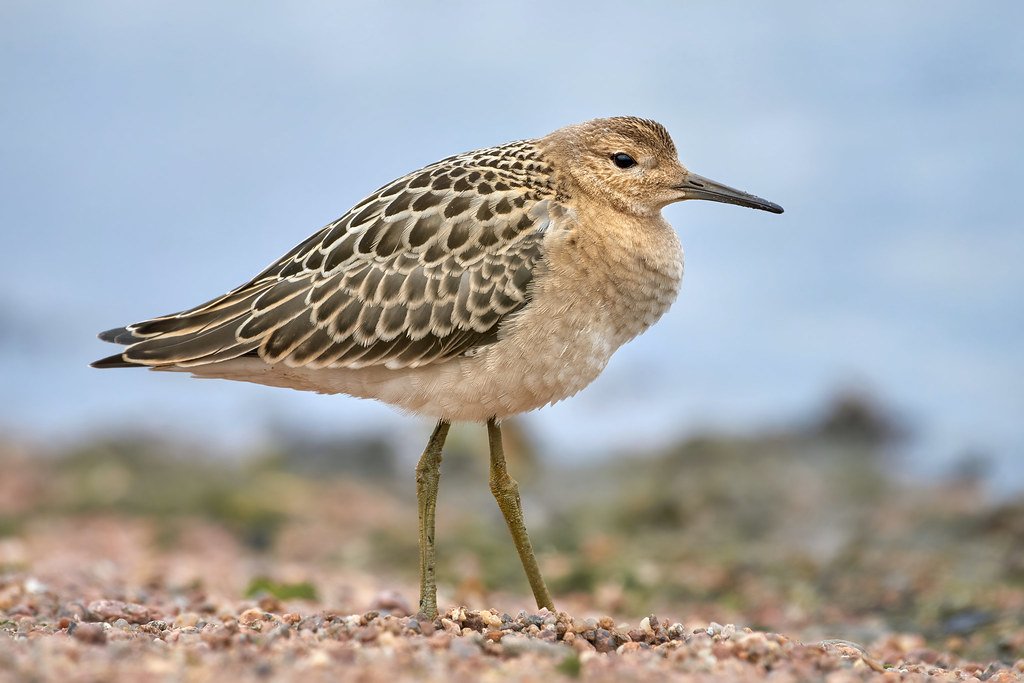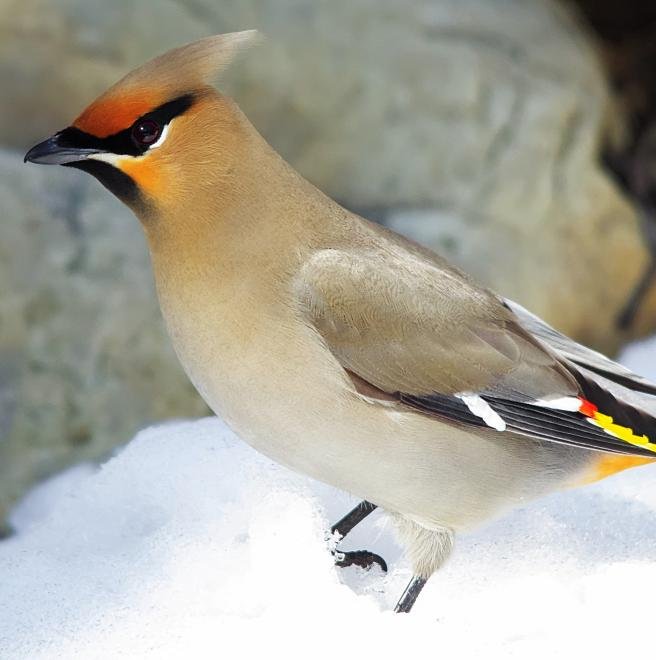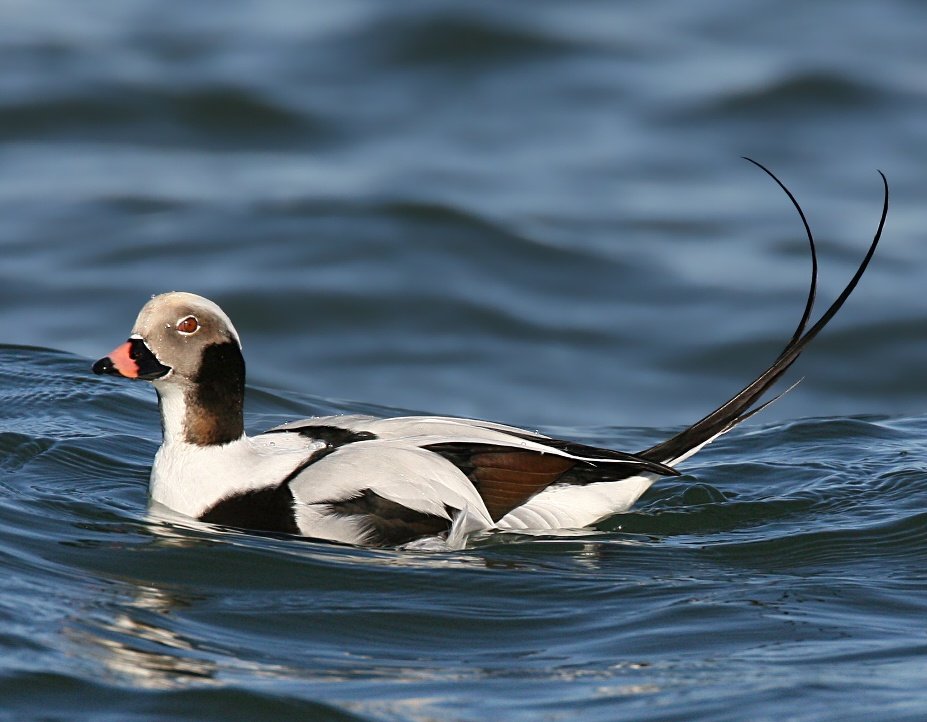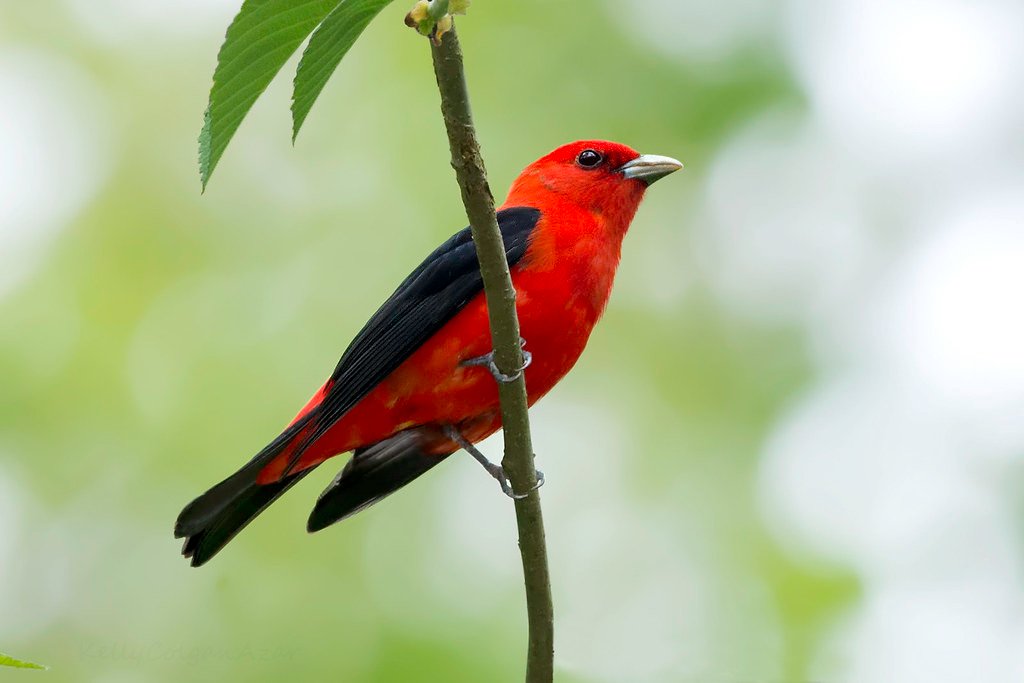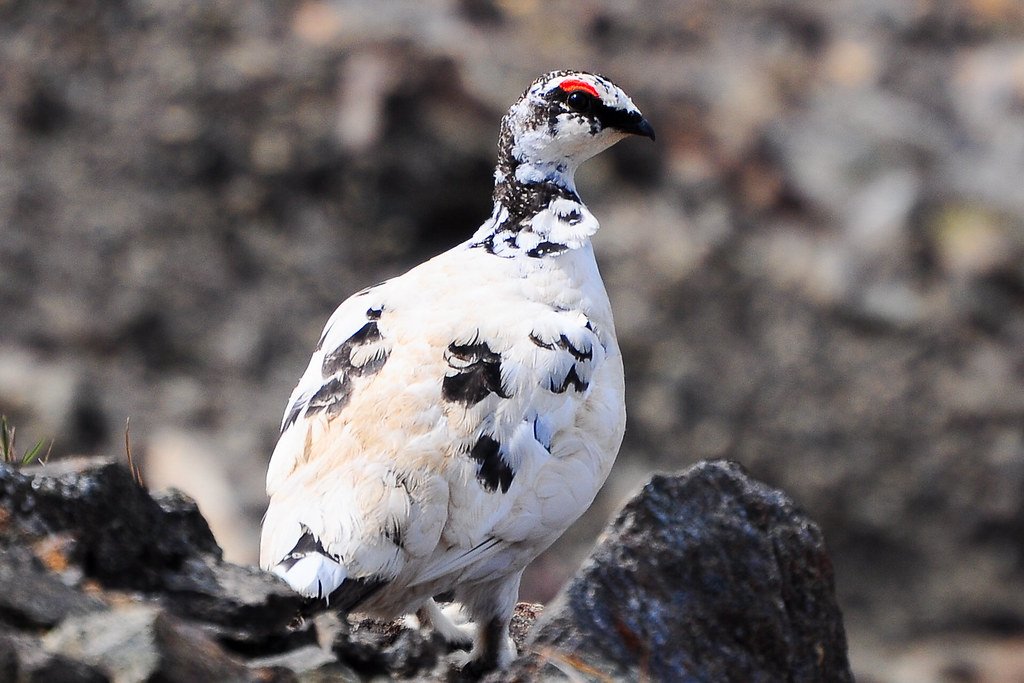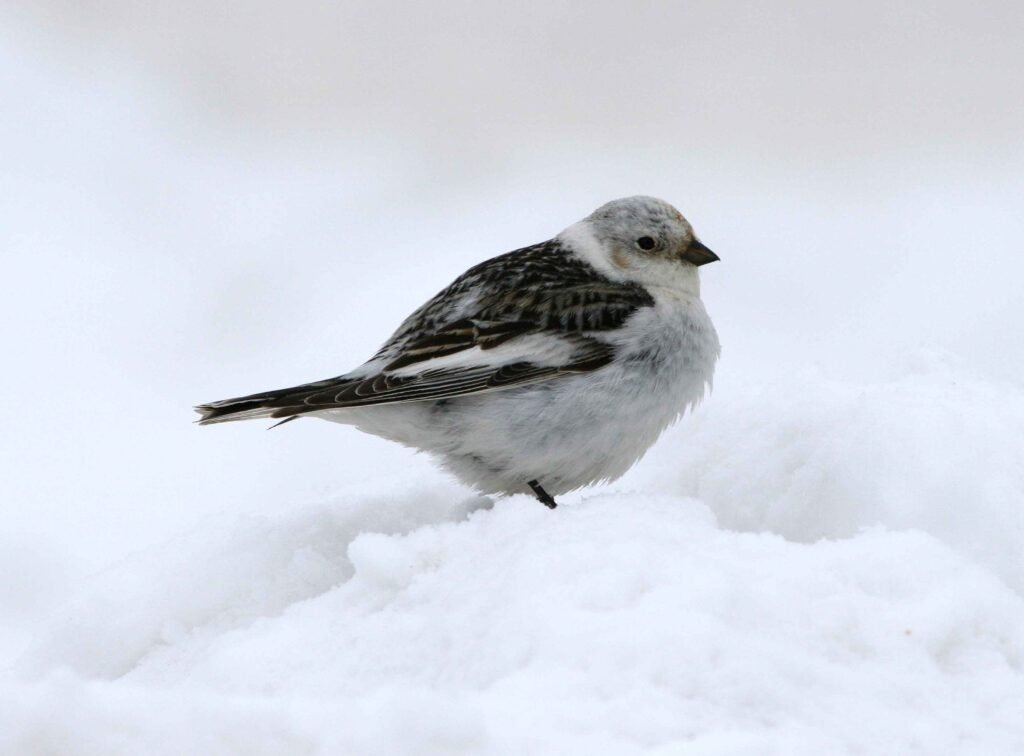When we think about seasonal changes, we often consider weather, food, or clothing. However, in nature, some changes are more subtle. While most birds maintain the same plumage year-round, a few species change their plumage color with the seasons — not just for beauty, but as a survival strategy.
These seasonal color changes help birds blend into their environment, avoid predators, or attract mates during the breeding season. Though often subtle, these adaptations highlight how remarkably birds adjust to their surroundings. Let’s explore 7 fascinating birds that change their plumage with the seasons:
1. Snowy Owl
In winter, snowy owls blend seamlessly into snowy landscapes with their white feathers. This concealment makes them nearly invisible unless observed closely. However, during summer, dark spots appear on their feathers — ideal for hiding among rocks and trees once the snow melts. This small yet smart change is a powerful survival tactic.
2. Ruffs
Ruffs undergo a striking color transformation during breeding season. Most of the year, they remain brown. But in spring, males develop vibrant neck feathers in black, white, gold, or reddish hues. These colorful feathers help attract females, but after breeding, they revert to their original brown plumage.
3. Bohemian Waxwing
The Bohemian waxwing shows more subtle seasonal changes. In winter, they wear gray plumage that blends well with desert-like vegetation. By spring, the reddish tips of their wings and the crown feathers become more pronounced — a subtle signal used to attract mates.
4. Long-tailed Duck
This duck’s appearance shifts significantly with the seasons. In winter, male long-tailed ducks sport black and white plumage with a clear long tail. But in summer, their feathers turn a brown-gray shade, helping them hide from predators. While males show more noticeable changes, female ducks also change, though more mildly.
5. Scarlet Tanager
Male scarlet tanagers are vibrant in summer with bright red bodies and black wings. After breeding, their color changes to a yellowish-green before migration. At this point, both males and females look similar — offering them better protection from predators during their long journey.
6. Rock Ptarmigan
This bird perfectly adapts to its environment by changing color throughout the year. In winter, its white feathers blend with the snow, while in spring, it turns gray-brown to match the thawed landscape. Male ptarmigans also develop red spots above their eyes during breeding season — an eye-catching trait for attracting a mate.
7. Snow Bunting
Male snow buntings wear white bodies with black wings in winter, blending into snowy environments. During summer breeding season, their feathers turn brown, making them less visible among rocks. Female buntings also darken in color, aiding both protection and mating readiness.
These beautiful changes show how birds use color not only for camouflage or mating but as an essential survival strategy. Whether blending with snow or catching a mate’s eye, seasonal plumage changes are one of nature’s many fascinating tricks.

